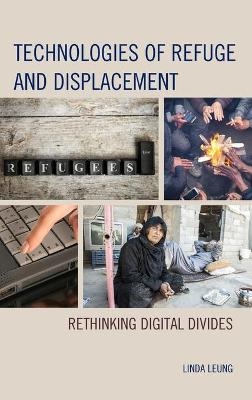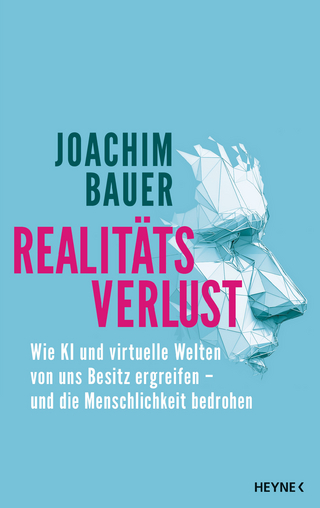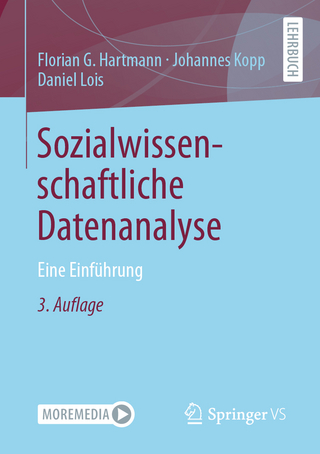
Technologies of Refuge and Displacement
Rethinking Digital Divides
Seiten
2018
Lexington Books (Verlag)
978-1-4985-0002-9 (ISBN)
Lexington Books (Verlag)
978-1-4985-0002-9 (ISBN)
The book explores the role of technology in the refugee experience, focusing particularly on the contexts of displacement and detention. Traversing the disciplines of refugee studies, socio-technical studies and technology design, it speaks to academics, students, and practitioners working and studying in those areas.
Technologies of Refuge and Displacement: Rethinking Digital Divides aims to theoretically and practically understand technology access and use from the perspective of those on the “wrong” side of the digital divide. Specifically, it examines refugees as a group that has received scant attention as technology users, despite their urgent need for technological access to sustain tenuous links to family and loved ones during displacement. It draws from over 100 interviews and surveys with refugees conducted from 2007 to 2011, utilizing this empirical data to interrogate well-known theories about technology and its users. In doing so, it seeks to rethink the popular model of “digital divide” and offer alternative ways of conceptualizing technology literacy and access. It examines how principles from design and IT industries can be applied to contexts with constrained availability, access, and affordability to provide technology services that accommodate users with limited technical and language literacies.
Technologies of Refuge and Displacement: Rethinking Digital Divides aims to theoretically and practically understand technology access and use from the perspective of those on the “wrong” side of the digital divide. Specifically, it examines refugees as a group that has received scant attention as technology users, despite their urgent need for technological access to sustain tenuous links to family and loved ones during displacement. It draws from over 100 interviews and surveys with refugees conducted from 2007 to 2011, utilizing this empirical data to interrogate well-known theories about technology and its users. In doing so, it seeks to rethink the popular model of “digital divide” and offer alternative ways of conceptualizing technology literacy and access. It examines how principles from design and IT industries can be applied to contexts with constrained availability, access, and affordability to provide technology services that accommodate users with limited technical and language literacies.
Linda Leung is associate professor and honorary associate at the University of Technology Sydney.
Part I: Introduction
1. What’s Technology Got to Do with Refugees?
2. Background & Methodology
3. Digital Divides: A Review of Literature
Part II: Digital Dichotomies
4. Netizens and Asylum Seekers as Cultural Citizens
5. Technological and Social Determinism
Part III: Alternative Models
6. The Strength of Weak Ties
7. Actor Network Theory
8. Hierarchies of Technology Literacy
Part IV: Practices and Principles
9. Accessibility: Moving Beyond the Disability Paradigm
10. User-Centred Design
11. UCD Principles in Practice
Conclusion
Bibliography
Index
About the Author
| Erscheinungsdatum | 10.05.2021 |
|---|---|
| Verlagsort | Lanham, MD |
| Sprache | englisch |
| Maße | 159 x 237 mm |
| Gewicht | 363 g |
| Themenwelt | Sozialwissenschaften ► Kommunikation / Medien ► Medienwissenschaft |
| Sozialwissenschaften ► Politik / Verwaltung | |
| Sozialwissenschaften ► Soziologie | |
| ISBN-10 | 1-4985-0002-1 / 1498500021 |
| ISBN-13 | 978-1-4985-0002-9 / 9781498500029 |
| Zustand | Neuware |
| Haben Sie eine Frage zum Produkt? |
Mehr entdecken
aus dem Bereich
aus dem Bereich
wie KI und virtuelle Welten von uns Besitz ergreifen – und die …
Buch | Hardcover (2023)
Heyne (Verlag)
22,00 €
Eine Einführung
Buch | Softcover (2022)
Springer VS (Verlag)
32,99 €


